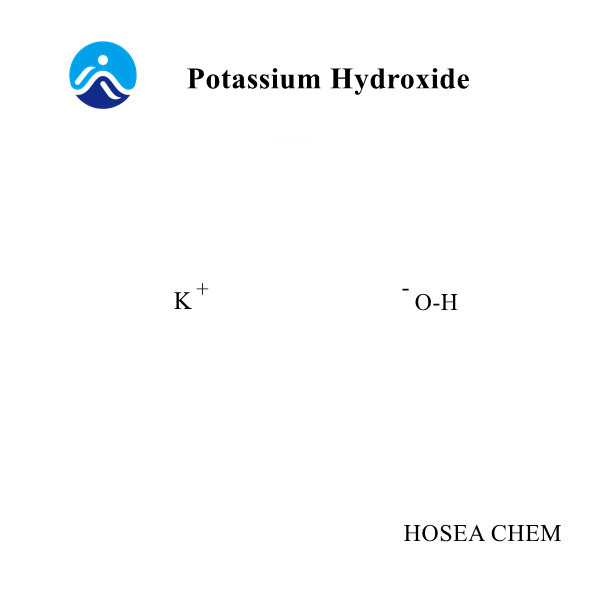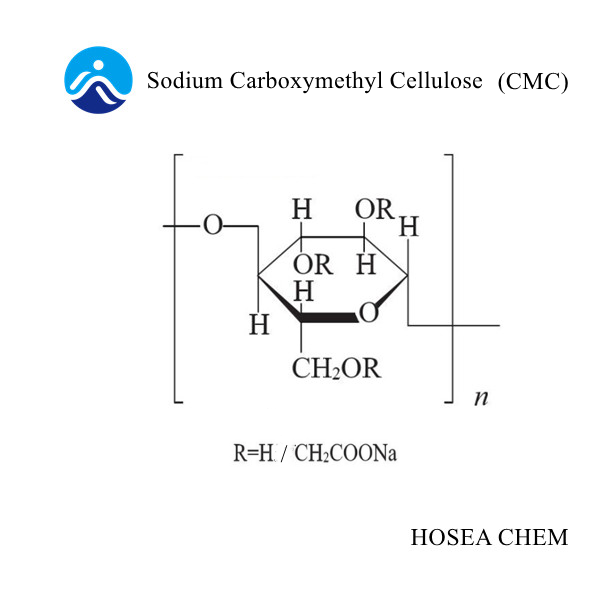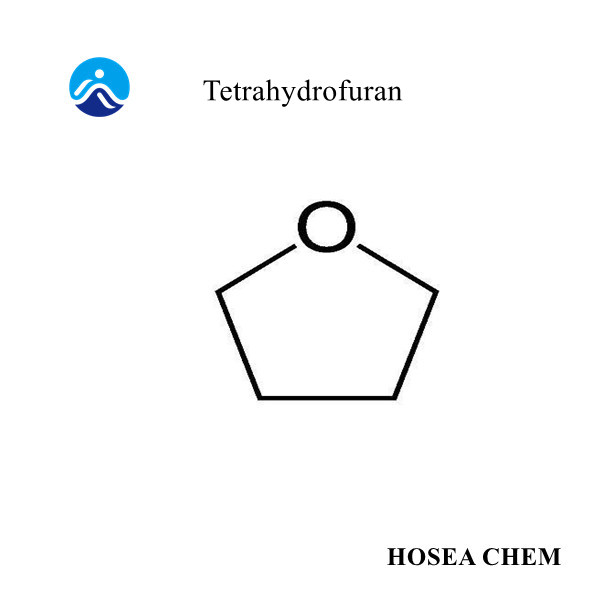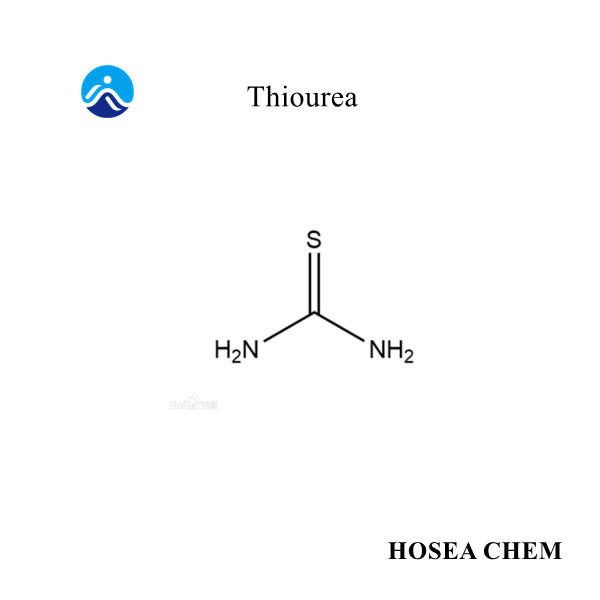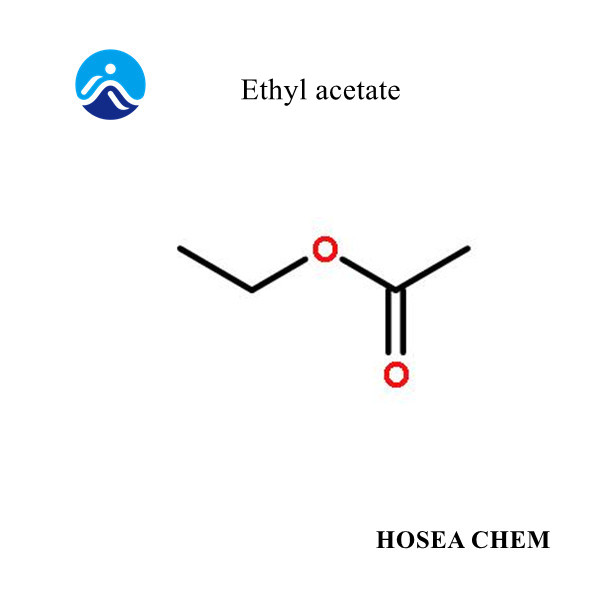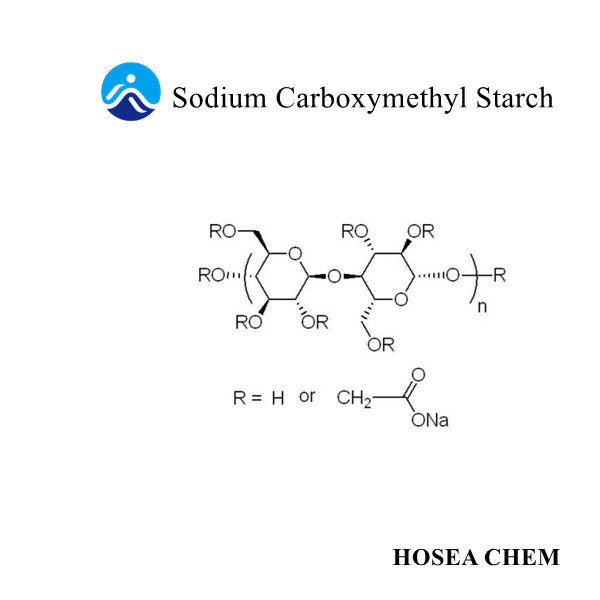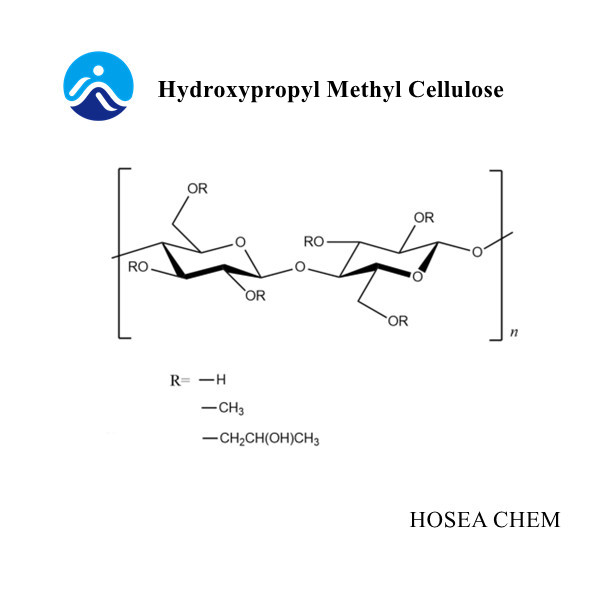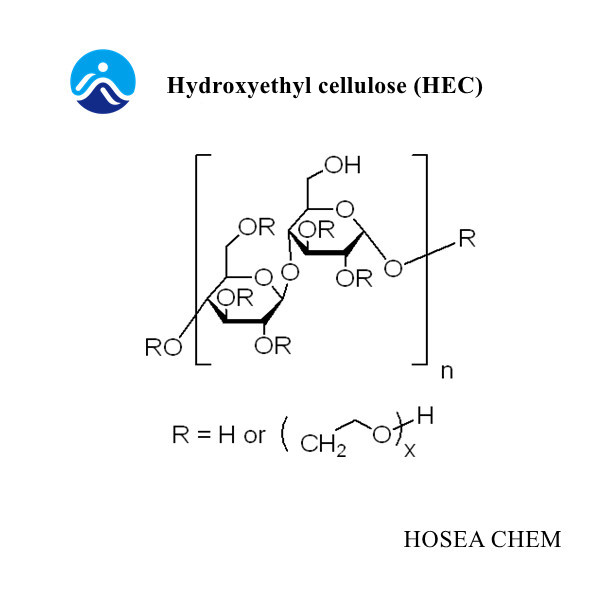The preparation method of monochloroacetic acid
2023-05-06There are three main methods for the industrial production of monochloroacetic acid:
1. Acetic acid chlorination method. It is obtained by direct chlorination of acetic acid with chlorine gas in the presence of catalysts such as iodine, phosphorus, sulfur or phosphorus and sulfur halides. In addition to generating chloroacetic acid, there are deeply chlorinated by-products such as dichloroacetic acid and trichloroacetic acid. This method consumes less raw materials, the process is simple, and the yield of chloroacetic acid can reach 92%.
2. Trichlorethylene hydration method. With 93% sulfuric acid as the catalyst, the reaction temperature is about 160-180°C. This method can obtain high-purity chloroacetic acid, and the yield can reach 90%, but the by-product hydrochloric acid is more.
3. Chlorohydrin oxidation method. Oxidation with 60% nitric acid at 60°C yields more than 90% of chloroacetic acid.


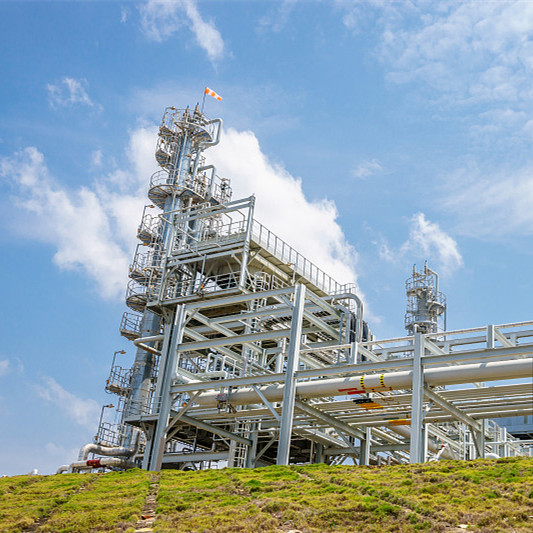
In North America, the acetic acid chlorination method is the main method, and in Western Europe, the trichlorethylene hydration method is the main method.
China adopts the acetic acid chlorination method for production: add a certain amount of glacial acetic acid to the reaction pot, use 3.5% sulfur powder by weight of glacial acetic acid as a catalyst, preheat to above 90°C, and start to introduce an appropriate amount of chlorine gas, and two reaction pots are connected in series. , the temperature of the main pot is controlled at 98±2°C, the auxiliary pot is at 85-90°C, and the chlorine flow rate is about 70kg/h. When the relative density of the material in the reaction pot is 1.350 (80°C), the reaction reaches the end. The reactant is pumped into an acid tank, cooled and crystallized, the liquid phase is a small amount of acetic acid, dichloroacetic acid, sulfur chloride and a small amount of chloroacetic acid, the crystals are separated, and the mother liquor is pumped out below 38°C to obtain the finished product.


